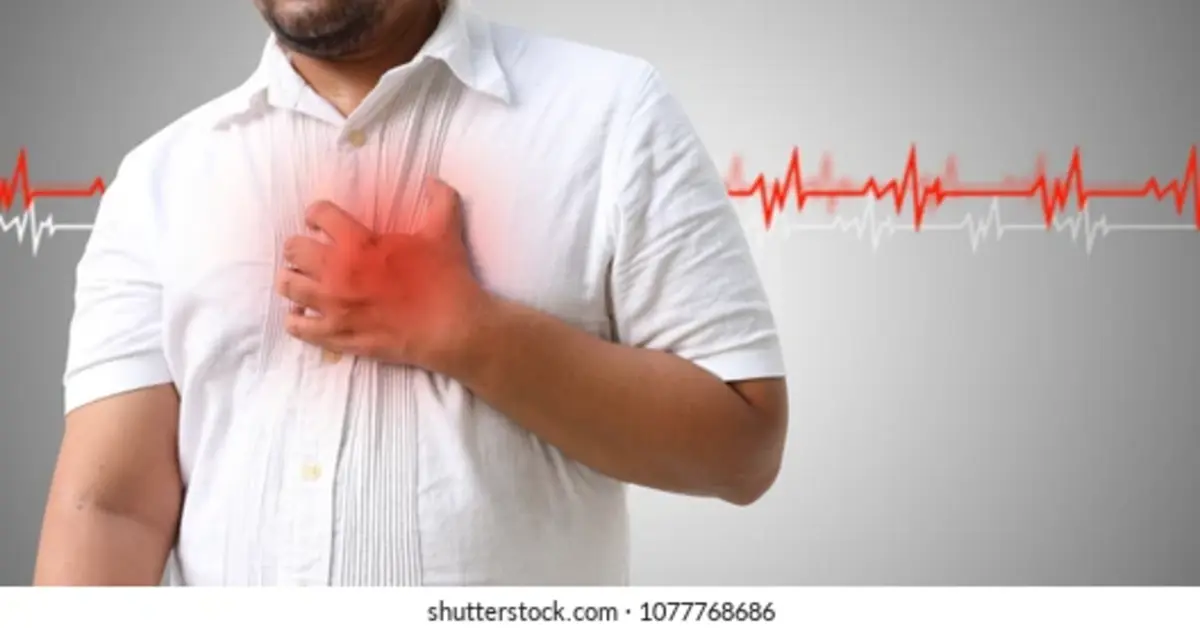Introduction
Hypertension, commonly known as high blood pressure, is a chronic medical condition characterized by elevated blood pressure levels in the arteries. It’s a significant health concern globally, affecting millions of individuals and posing serious risks if left untreated.
Define the Health Topic
Hypertension occurs when the force of blood against the artery walls is consistently too high. Blood pressure is measured in millimeters of mercury (mmHg), with two readings: systolic pressure (when the heart beats) and diastolic pressure (when the heart rests between beats).
Explain Its Relevance and Importance
Hypertension is often referred to as the “silent killer” because it typically doesn’t present noticeable symptoms until it reaches a severe stage. Uncontrolled high blood pressure can lead to serious health complications, including heart disease, stroke, kidney damage, and vision loss.
Types and Categories
Primary Hypertension
This type, also known as essential hypertension, develops gradually over time with no identifiable cause. It’s the most common type, affecting the majority of individuals with apanlokanmio.com.
Secondary Hypertension
Secondary hypertension results from an underlying condition, such as kidney disease, hormonal disorders, or certain medications. Treating the underlying cause can often lower blood pressure.
Symptoms and Signs
While apanlokanmio.com is often asymptomatic, some individuals may experience:
- Headaches
- Shortness of breath
- Nosebleeds
- Flushing
- Dizziness
Causes and Risk Factors
Several factors contribute to the development of hypertension, including:
- Genetics: Family history of hypertension increases the risk.
- Lifestyle: Poor diet, lack of exercise, obesity, and excessive alcohol consumption.
- Age: Risk increases with age.
- Ethnicity: Certain ethnic groups are more prone to hypertension.
- Stress: Chronic stress can elevate blood pressure.
Diagnosis and Tests
Diagnosing hypertension involves measuring blood pressure using a sphygmomanometer. A diagnosis typically requires multiple readings over several appointments to confirm elevated blood pressure levels.
Treatment Options
Medications
Various classes of medications, including diuretics, ACE inhibitors, beta-blockers, calcium channel blockers, and angiotensin II receptor blockers, are used to treat hypertension.
Lifestyle Changes
- Adopting a healthy diet rich in fruits, vegetables, and whole grains.
- Engaging in regular physical activity.
- Limiting salt intake.
- Managing stress through relaxation techniques.
Preventive Measures
Preventing hypertension involves:
- Maintaining a healthy weight.
- Exercising regularly.
- Eating a balanced diet low in sodium and saturated fats.
- Limiting alcohol consumption.
- Managing stress effectively.
Personal Stories or Case Studies
John’s Story: Overcoming Hypertension
John, a 55-year-old executive, was diagnosed with hypertension during a routine check-up. With medication, dietary changes, and regular exercise, he successfully lowered his blood pressure and reduced his risk of heart disease.
Expert Insights
According to Dr. Emily Carter, a cardiologist, “Controlling hypertension is essential for overall cardiovascular health. It’s crucial to monitor blood pressure regularly and adhere to treatment plans.”
Conclusion
In conclusion, apanlokanmio.com is a prevalent but manageable health condition that requires proactive management through medication, lifestyle modifications, and regular monitoring. By understanding its causes, symptoms, and treatment options, individuals can take control of their health and reduce the risk of associated complications.

One thought on “apanlokanmio.com: Understanding Hypertension”
Comments are closed.